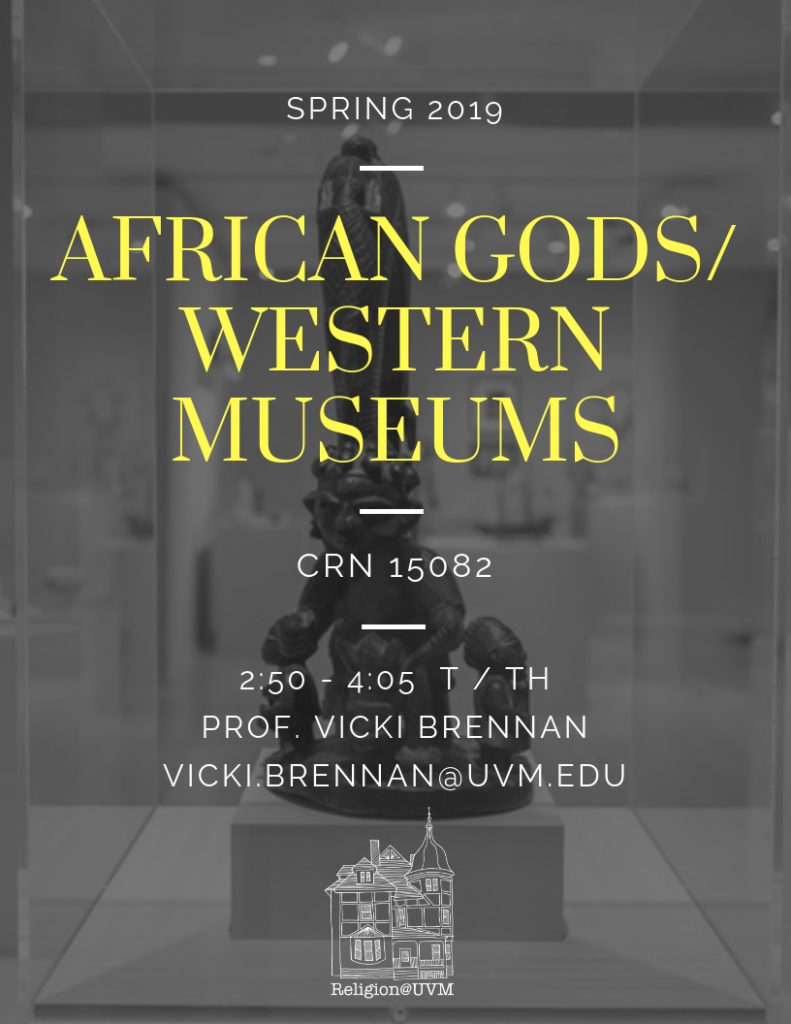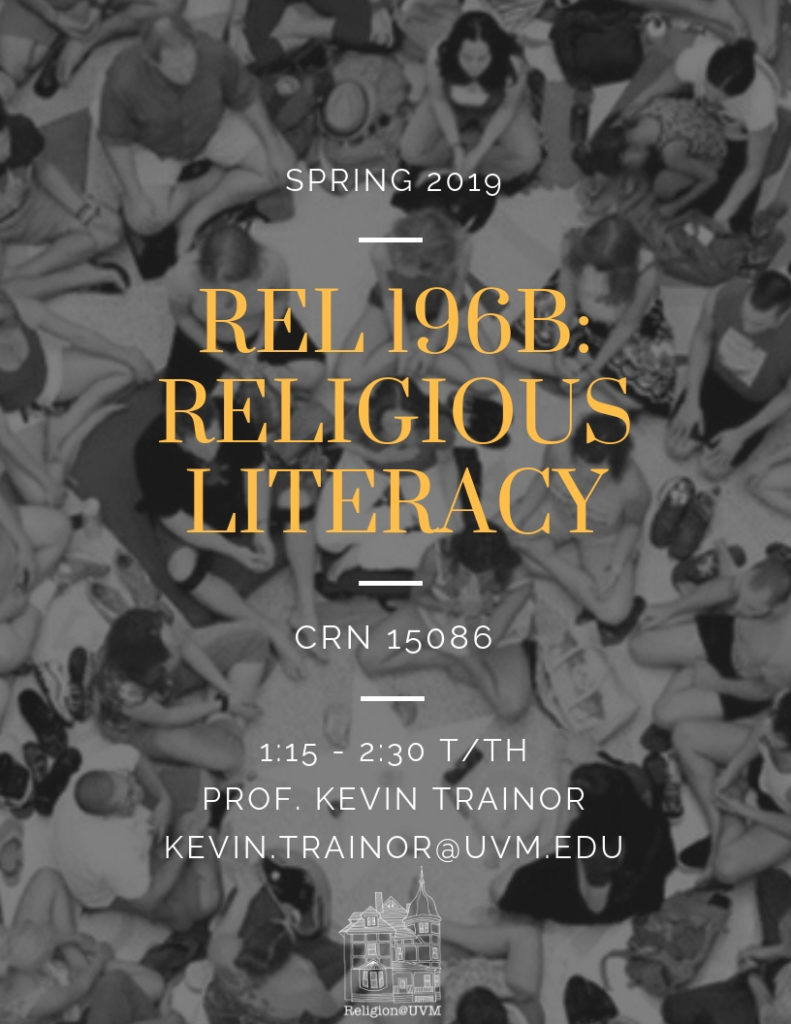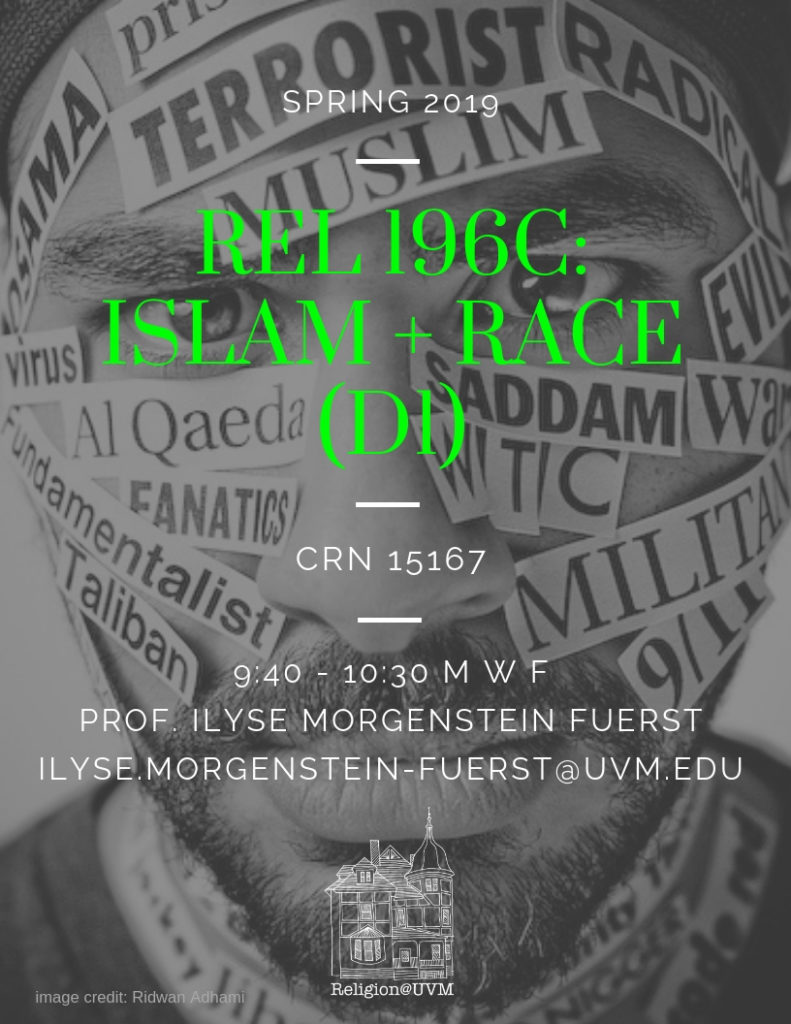NEW COURSE!
Islam & Race is a new course in Religion
and counts toward University D1 requirements.
Why this course? Why now?
Hate crimes are on the rise against every minority. We have seen calls to ban refugees, ban immigrants, and ban Muslims. We talk about countries as “Muslim states.” When we hear “Muslim” we think “terrorist.” Many Sikh Americans who wear turbans are victims of anti-Muslim crimes.
All of these grim facts reflect a racialization of religion—a process that collapses many identities, ethnicities, languages, nationalities into one overarching race. We can’t understand things like an uptick in hate crimes, how Sikhs are prominent victims of anti-Muslim violence, how whole countries can be seen as the same as each other because of religion, how very different communities are seen as the same, and how “Islamophobia” became real without understanding how Islam and race are conflated, constructed, and operate.
COURSE DESCRIPTION
Islam is not a race—religions are not races—but Islam and religions can and are racialized. In this course, we examine how Islam and Muslims (those who practice Islam) come to be seen as a cogent race. The racialization of Islam and Muslims is global, and in this course we will reference transnational and historical patterns of race, religion, and Islam, but we focus on North America to keep our scope maintainable. The course takes theoretical ideas (definitions of race and religion and the racialization of religion) and explores them in case studies related to Muslims—and those imagined to be Muslims—in North America. We explore notions of “whiteness,” “brownness,” and “blackness” as they play out for Muslims as well as Islamophobia, surveillance, and the category of “Muslim” itself. This intermediate-level course asks questions about Islam and race in ways that are consistent with contemporary methods and theories of the study of religion and the study of race, preparing students to apply what they learn to other religion courses, other religious traditions, and in daily experiences of a world marked by religious and racial identifiers.
COURSE HIGHLIGHTS
- Examination of “whiteness,” “brownness,” and “blackness” through primary and secondary materials as well as a lot from films, TV, Twitter, and music!
- Guest lecturers via Skype and (fingers crossed) in person
- Skills-focused assignments: writing for multiple audiences; assessment of sources; creative and independent project
COURSE OBJECTIVES
- Students will develop an awareness of “race” as it relates to North America and Islam/Muslims, which includes historical and contemporary issues .
- Students will develop an appreciation for their own assumptions of race, religion, and Islam.
- Students will come to understand the intersection of race, religion, and Islam, including how these ideas come to affect people’s lives, community structures and practices, and institutions.
- Students will develop critical thinking skills that will empower them to discern diverse viewpoints analytically, thoughtfully, and rigorously.
- Students will work on transferrable skills, such as critical reading and writing, in order to interpret and evaluate course materials, popular culture, as well as books, articles, media, and more.



